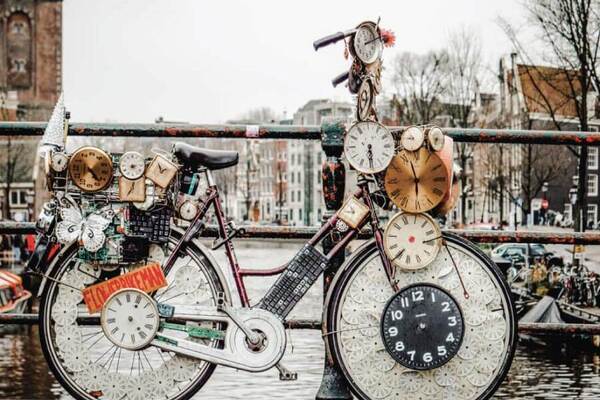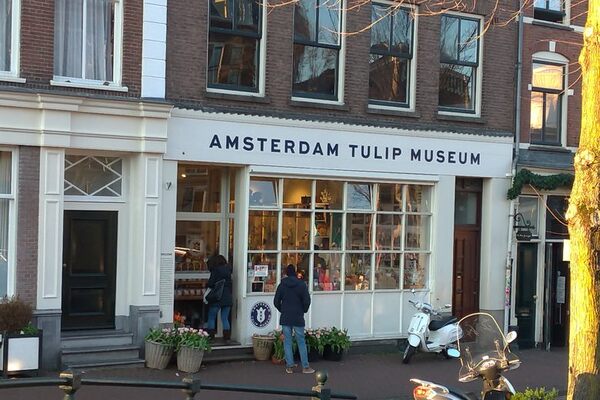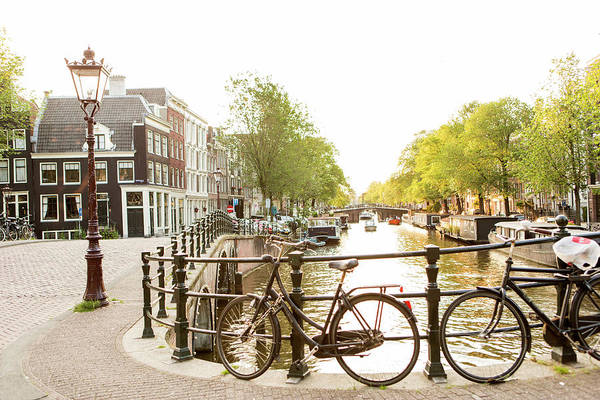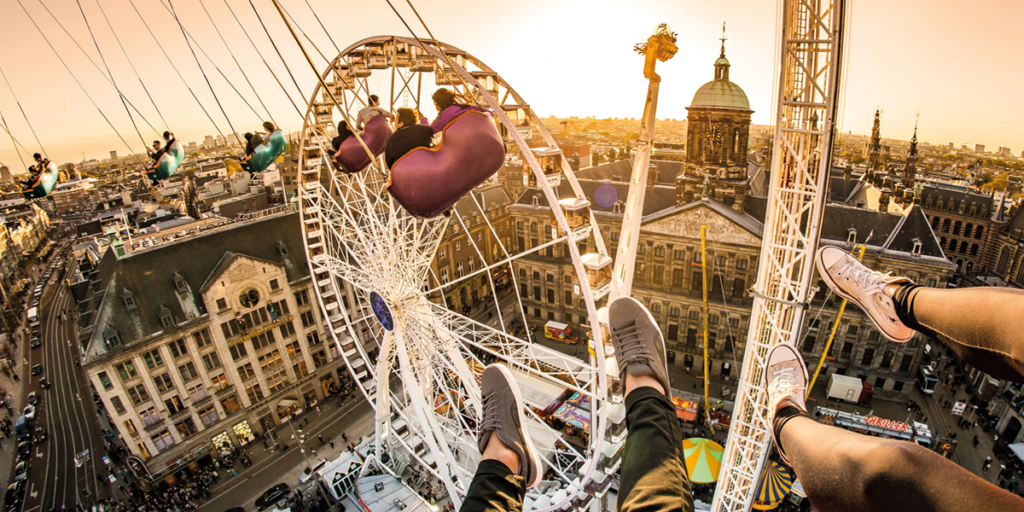Three things are commonly associated with Amsterdam: marijuana-smoking coffee shops, the Red-Light District, and canals. Younger visitors enjoy coffee shops and strolling through the Red-Light District, whereas older visitors prefer bike tours, canal trips, and museum visits. After three or four days, they move on to the next location.

In Amsterdam, there is a lot to see and do.
From museums to parks, cuisine excursions to canal tours, and everything in between, there is something for everyone.
Amsterdam is teeming with artists, beatniks, creatives, and rebels. It’s a city that thrives on being different and daring. As a result, Amsterdam’s specialised and eccentric activities offer a more in-depth understanding of the city’s varied, artistic, and diverse nature.
Consider these off-the-beaten-path sites and tours as you plan your trip to Amsterdam, as they provide a more comprehensive and in-depth look at the city’s culture away from the tourist traps. We’ve compiled a list of the top 21 unusual things to do in Amsterdam for you!
Tulip Museum
This small museum, housed within a tulip shop, explains the history of tulips in Holland. The famous tulip craze of the Dutch Golden Age is widely regarded as history’s first economic bubble. Tulips were imported from the Ottoman Empire to the Netherlands in the 17th century, and they quickly became popular throughout the country (but especially with the upper class). At one point, tulip prices soared to the point where the bulbs were worth more than the same weight in gold. The country grows more than 60% of the world’s tulips, and viewing the vast tulip fields that dot the countryside is a popular springtime activity. Even if you aren’t visiting during tulip season, this charming museum can teach you about the flower’s history. Most importantly, there will never be a line here! Tulip fever did not last long, but the tulip has a special place in Dutch culture to this day.

Houseboat Museum
In Amsterdam, there are over 2,500 iconic houseboats, floating houses that began as converted seafaring vessels. As the demand for housing increased in the 1960s and 1970s, more people turned to the canals, resulting in the modern, electrified houseboats that now adorn the canals. While this painted houseboat isn’t much of a museum, it does offer a fascinating glimpse into canal life. Built in 1914, the boat was initially used to transport sand, coal, and gravel. The owner later transformed it into a museum to answer frequently asked questions about living on a houseboat. It was converted into a houseboat in the 1960s and was lived in for approximately 20 years.

Jordaan
It’s amazing how few tourists visit Jordaan given its proximity to the city centre. This once-working-class neighbourhood has been transformed into an artsy district complete with a labyrinth of cafes, small shops, restaurants, and art galleries. During the summer, people here prefer to grab and go. This area also contains several of the city’s most important markets. Every Saturday, the historic Lindengracht Market takes over the street, with over 200 vendors selling everything from fresh flowers, fish, and cheese to Dutch stroopwafels. The Noordermarkt is held every Saturday along the nearby canal. This one is more like a flea market, with antiques and vintage clothing for sale. Even if the markets aren’t open, you’ll enjoy strolling through the narrow streets lined with interesting shops and pubs. It’s a great place to go window shopping or buy souvenirs.

Investigate Oost
The “Oost” neighbourhood is diverse, with a fantastic park, zoo, and a plethora of delicious Middle Eastern restaurants. You’d be hard pressed to find more than a few tourists wandering around here, the vast majority of whom are likely lost. Visit Dappermark, a street market that has been in operation for over a century. It’s a great place to people-watch or browse because you can find almost anything here. Also worth a visit is Oosterpark, the neighborhood’s central park, which is ideal for a stroll, a bike ride, or a picnic. Several cultural festivals are held in the park throughout the year, so there is always something going on.

Pay a visit to Rembrandt Park
This park west of the city, not to be confused with Rembrandtplein in the city centre, is another good place to wander. It is named after the famous 17th-century painter Rembrandt van Rijn and is the city’s second-largest park. Come for the park’s many walking and cycling paths, as well as the scattered sculptures. The area surrounding the park, which dates from the 1940s, is fairly working-class and more modern, providing a nice contrast to the historic centre. You’ll know you’ve arrived when signs stop being printed in English.

Go to FOAM
FOAM (Fotografiemuseum Amsterdam) is a photography museum in the Dutch city of Amsterdam. Its doors first opened in 2001. Every year, the museum hosts four exhibitions by internationally renowned photographers as well as 16 smaller temporary exhibits featuring emerging artists. FOAM’s main areas of interest are documentary, street, and portrait photography. Despite its central location, the museum receives very few visitors, and it is a must-see for any photography or art enthusiast. You will enjoy all of the black-and-white photographs as well as the outdoor garden.

Try some local beer at a historic brewery
The IJ-toren, a white stone building near the De Gooyer windmill that towers over the neighbourhood, has an excellent rooftop bar with panoramic views of the city. It’s a great place to kick back and relax with a drink in hand, just across the water from Amsterdam’s famous canal belt, and enjoy one of Europe’s most picturesque cities. The IJ-toren, a former water tower built in 1862 that was converted into a restaurant five years ago after serving as an office for 20 years, houses the bar on the top floor.
The IJ-toren, a white stone building near the De Gooyer windmill that towers over the neighbourhood, has an excellent rooftop bar with panoramic views of the city. It’s a great place to kick back and relax with a drink in hand, just across the water from Amsterdam’s famous canal belt, and enjoy one of Europe’s most picturesque cities. The IJ-toren, a former water tower built in 1862 that was converted into a restaurant five years ago after serving as an office for 20 years, houses the bar on the top floor.

Amsterdam’s distinctive shopping districts
Nine Streets in Amsterdam is a lovely neighbourhood with cute little shops, posh boutiques, and lovely cafes. The nine streets are nine small alleys that run through the heart of Amsterdam, passing by the Oude Kerk (Old Church). Some of the most exclusive shops selling luxury brands such as Prada, Gucci, Louis Vuitton, and Cartier can be found in these small, narrow alleys.

Final Thoughts!
Amsterdam has so much to offer that labelling it as a city of sex workers, pot smokers, and canal tours does the city a disservice. There’s so much more to see and do in Amsterdam than just the tourist traps, so venture beyond the tourist traps, discover hidden gems and local neighbourhoods, and discover that Amsterdam is everything you didn’t expect it to be.
